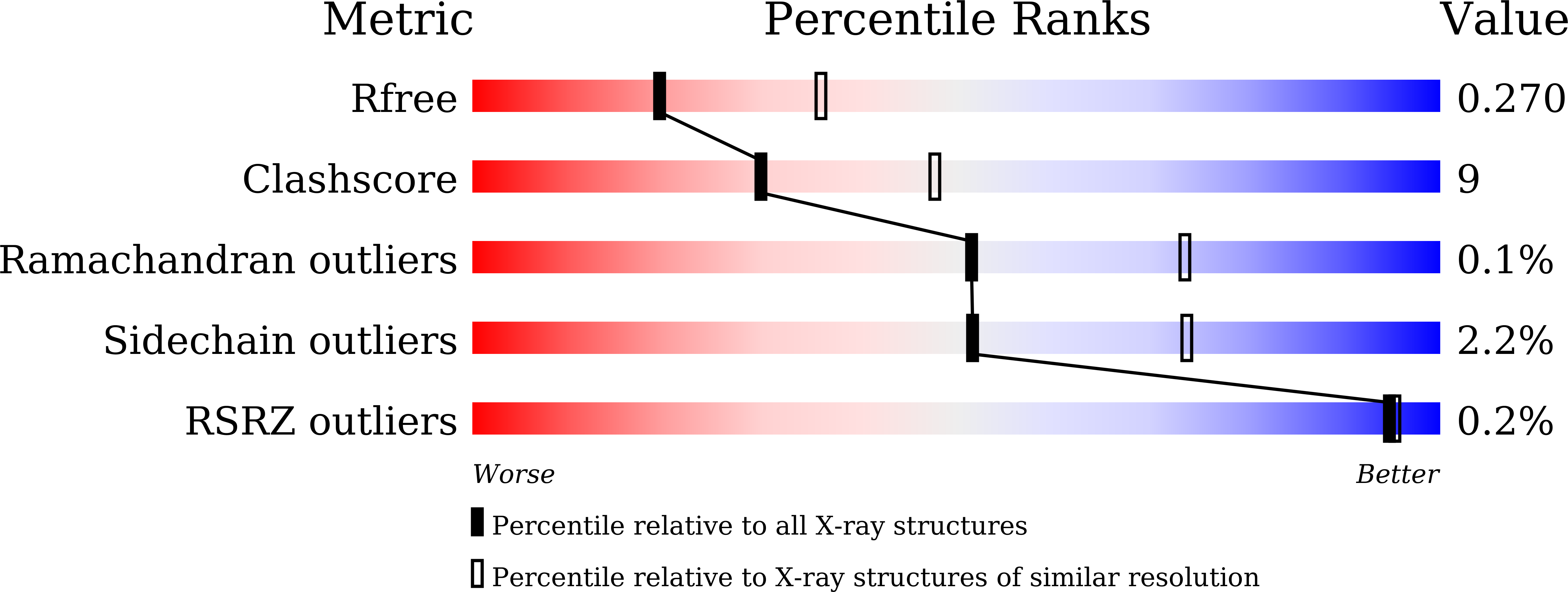
Deposition Date
2022-07-29
Release Date
2023-02-08
Last Version Date
2024-11-06
Entry Detail
PDB ID:
7YMP
Keywords:
Title:
Crystal structure of lysoplasmalogen specific phospholipase D
Biological Source:
Source Organism:
Thermocrispum sp. RD004668 (Taxon ID: 1424779)
Host Organism:
Method Details:
Experimental Method:
Resolution:
2.57 Å
R-Value Free:
0.27
R-Value Work:
0.21
R-Value Observed:
0.21
Space Group:
P 1 21 1


